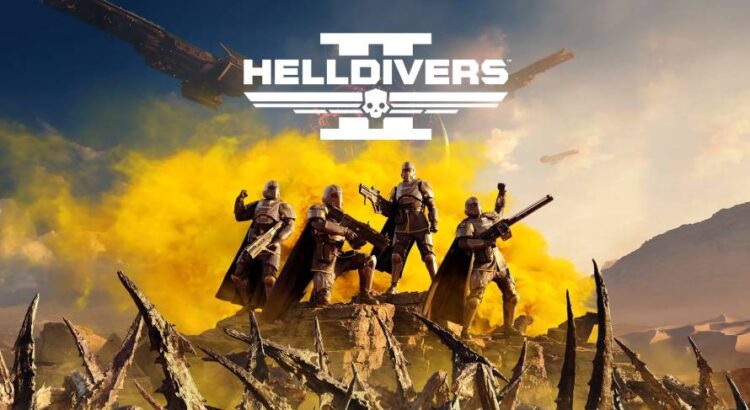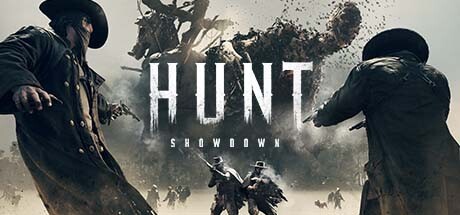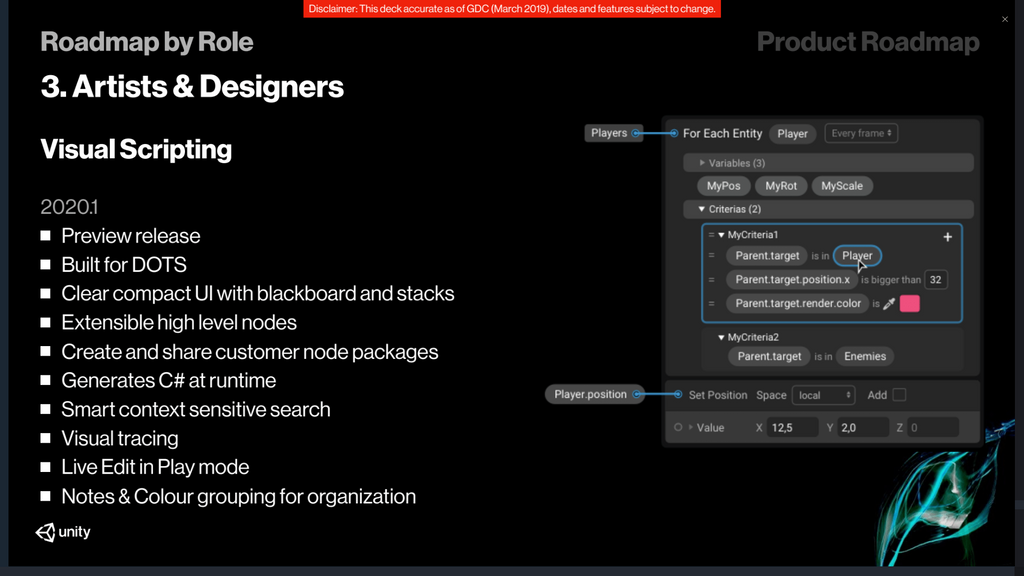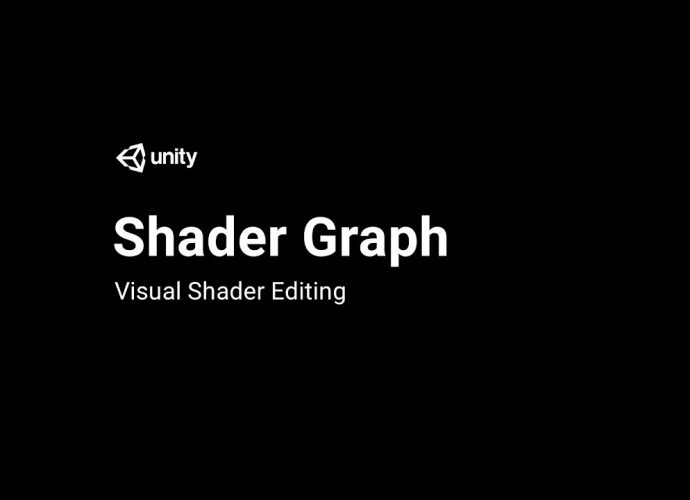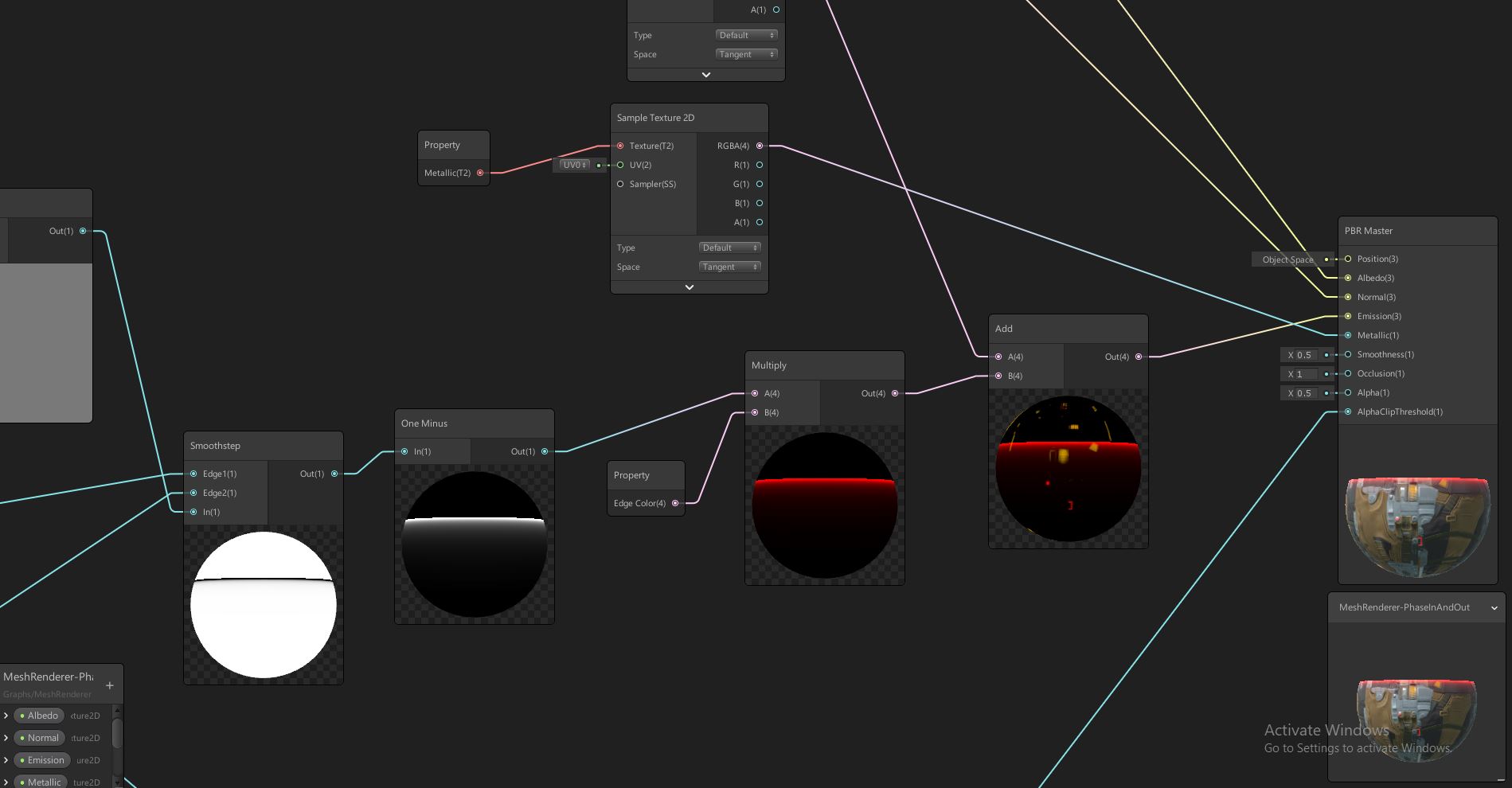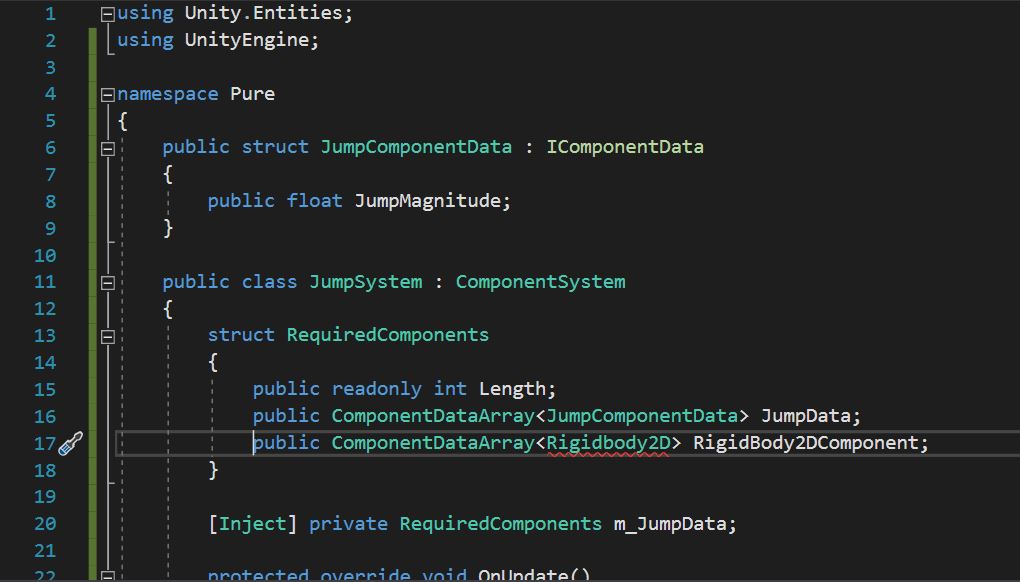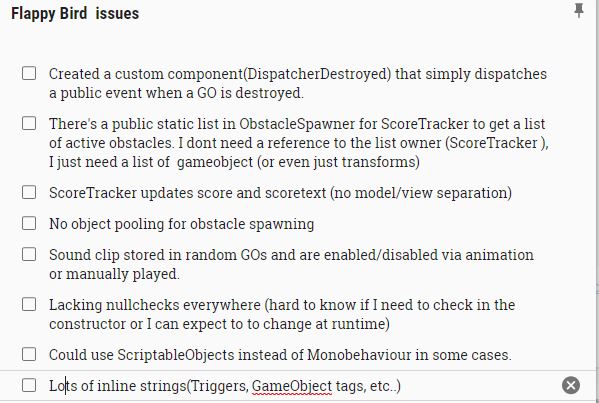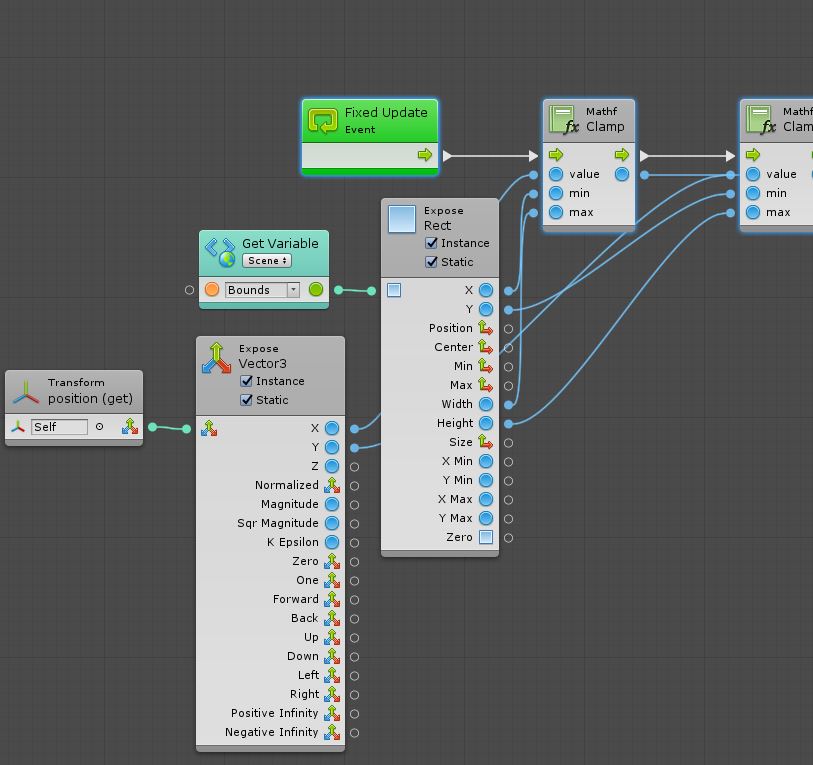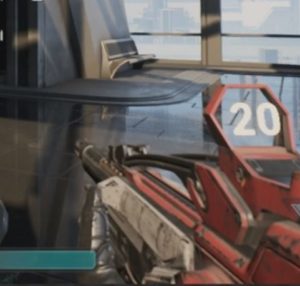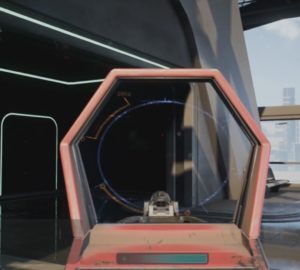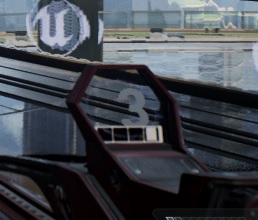The problem with adding difficulty levels
On the surface there’s a very typical progression curve where the player gains more power over time, which allows them to crank up the difficulty as they feel comfortable.
However, eventually, the player runs out of upgrades to chase and has become powerful enough to make the highest level content somewhat trivial.

So there’s an obvious solution, right? Add higher difficulty levels along with more upgrades to purchase. Well even if the latter was sustainable(which it likely isn’t), the real consequences stem from how adding greater difficulties can negatively impact Helldivers’ appeal;
Collateral damage
Helldivers’ core gameplay emphasizes player disposability and the potential for collateral damage. Many memorable moments likely involve accidental teammate casualties, a deliberate design element. The reason this works without players being furious at each other is because the game is lenient enough, even at the highest difficulty, that these mishaps rarely jeopardize mission success.
Build diversity
This more casual attitude has another important impact on difficulty; It means that players are never forced to engage with the “meta” and can experiment with diverse builds, even at the highest difficulty.

Enemy AI limitations
Following the existing trajectory of enemies in relation to difficulty would lead to stressing or even breaking some systems, causing real performance and gameplay ramifications. Suddenly AOE weapons and infinite ammo are required, fights are avoided, and the game becomes significantly different than ever intended.
Okay so simply adding more difficulty levels doesn’t seem like a great option, let’s try something different.
Crafting a new experience
We’ll start with a new planet outside of the known bounds of space that can’t be reached with your existing Super Destroyer, aptly dubbed “Uhn Reechble”.

Gating planet access
So how do we get there? Expendable ships must be commissioned by the player for ~25k Requisition. These ships only survive one Operation and come with a few preinstalled Ship Modules(upgrades). A subset of existing upgrades will also be available to purchase(via Samples & Requisition) for the operation, but will also be lost when the ship is discarded.

Two important aspects of this design;
- Provide a resource-sink for Samples and Requisition. You can access the planet as long as you can afford it and can even double-down by buying upgrades for your temporary ship.
- This challenge is on-demand so no one is forced to participate. You can continue to play normal missions with your existing Super Destroyer.
Gameplay on the planet
Operations in Uhn Reechble are similar to the usual but due to the lack of access to your Super Destroyer upgrades(of which can be up to 30) the existing max difficulty(Super Helldive) will be significantly more challenging.
These operations would be a great place to experiment with new, more impactful mission modifiers that encourage players to experiment as a community. E.g. Low Gravity.
Operation rewards
There’s a steep cost accessing this planet, so we’ll need to make sure it’s worth it, but what do you get the player who already has everything?
Prestige. Fame. Glory. FREEDOM. DEMOCRACY!
These operations reward unique experience points which serve as the only way to get beyond the typically capped level 150.
To add more opportunities for rewards that don’t complicate things, we can also add a “secret” page to Warbonds that can only be unlocked by completing these operations. However, It’s important that these rewards don’t gate core gameplay from players who don’t participate. E.g. new weapons, enemies, etc..
What this design accomplishes
With the details out of the way, let’s highlight the high level goals we’re accomplishing;
- Generate new challenging content whilst avoiding the pitfalls of higher difficulty levels and keeping Helldivers’ casual tone intact.
- Breathe new life into previously useless resources for top-level players.
- Create a new(limitless) form of progression that doubles as elite player prestige.
- New content is completely optional and doesn’t take away from a non-elite player experience.

This article was largely an exercise to experiment with new tools to aid in design development, including Miro, Imagen, Gemini, Napkin
